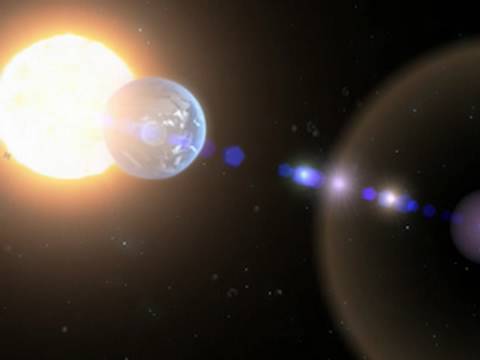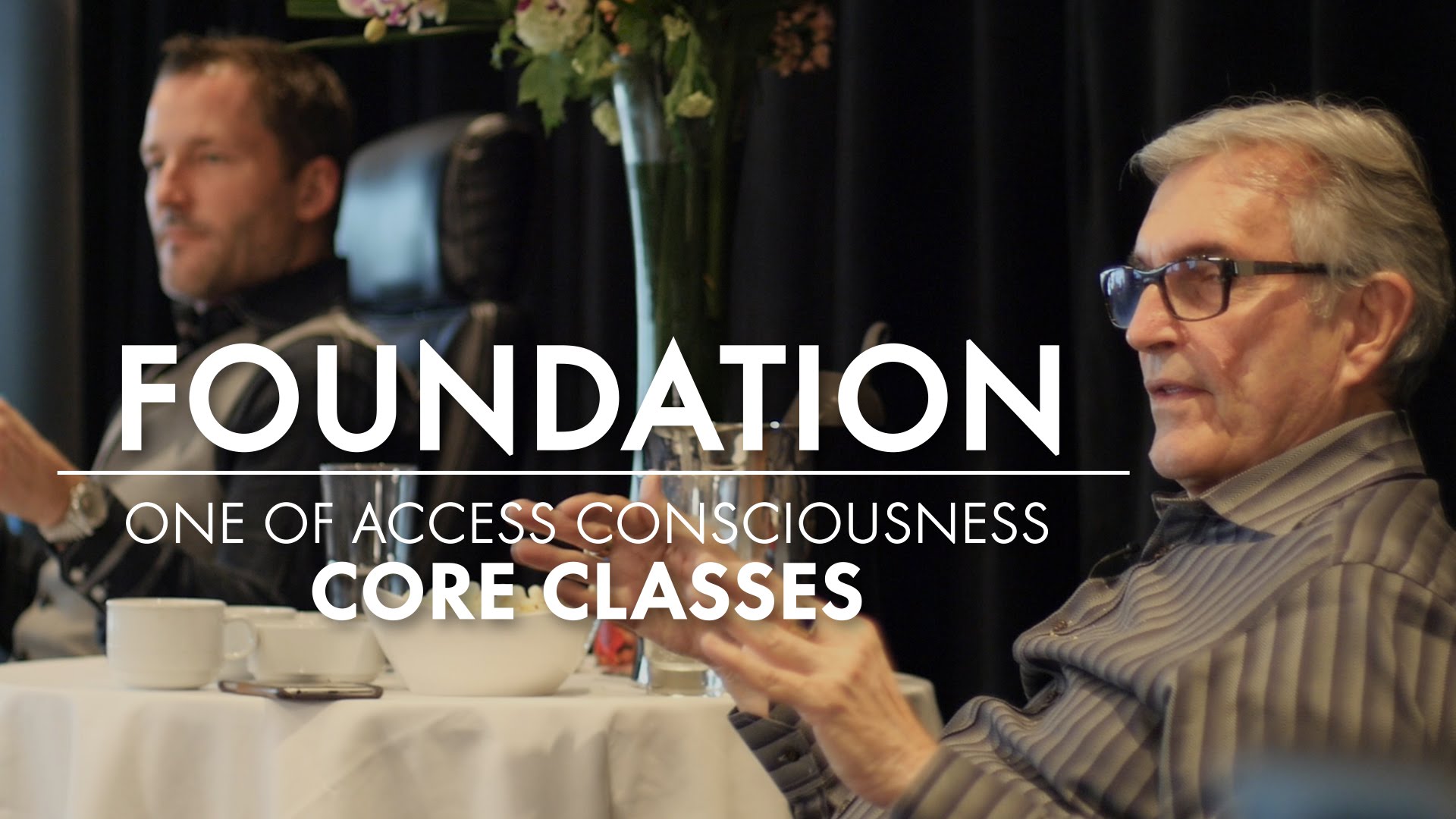ScienceTV
http://facebook.com/ScienceReason … Albert Einstein’s Theory of Relativity (Chapter 1): Introduction.
The theory of relativity, or simply relativity, encompasses two theories of Albert Einstein: special relativity and general relativity. However, the word “relativity” is sometimes used in reference to Galilean invariance.
The term “theory of relativity” was coined by Max Planck in 1908 to emphasize how special relativity (and later, general relativity) uses the principle of relativity.
—
Please subscribe to Science & Reason:
• http://www.youtube.com/Best0fScience
• http://www.youtube.com/ScienceMagazine
• http://www.youtube.com/ScienceTV
• http://www.youtube.com/FFreeThinker
—
SPECIAL RELATIVITY
Special relativity is a theory of the structure of spacetime. It was introduced in Albert Einstein’s 1905 paper “On the Electrodynamics of Moving Bodies” (for the contributions of many other physicists see History of special relativity). Special relativity is based on two postulates which are contradictory in classical mechanics:
1. The laws of physics are the same for all observers in uniform motion relative to one another (principle of relativity),
2. The speed of light in a vacuum is the same for all observers, regardless of their relative motion or of the motion of the source of the light.
The resultant theory agrees with experiment better than classical mechanics, e.g. in the Michelson-Morley experiment that supports postulate 2, but also has many surprising consequences. Some of these are:
• Relativity of simultaneity: Two events, simultaneous for one observer, may not be simultaneous for another observer if the observers are in relative motion.
• Time dilation: Moving clocks are measured to tick more slowly than an observer’s “stationary” clock.
• Length contraction: Objects are measured to be shortened in the direction that they are moving with respect to the observer.
• Mass-energy equivalence: E = mc2, energy and mass are equivalent and transmutable.
• Maximum speed is finite: No physical object or message or field line can travel faster than light.
The defining feature of special relativity is the replacement of the Galilean transformations of classical mechanics by the Lorentz transformations. (See Maxwell’s equations of electromagnetism and introduction to special relativity).
—
GENERAL RELATIVITY
General relativity is a theory of gravitation developed by Einstein in the years 1907–1915. The development of general relativity began with the equivalence principle, under which the states of accelerated motion and being at rest in a gravitational field (for example when standing on the surface of the Earth) are physically identical. The upshot of this is that free fall is inertial motion; an object in free fall is falling because that is how objects move when there is no force being exerted on them, instead of this being due to the force of gravity as is the case in classical mechanics.
This is incompatible with classical mechanics and special relativity because in those theories inertially moving objects cannot accelerate with respect to each other, but objects in free fall do so. To resolve this difficulty Einstein first proposed that spacetime is curved. In 1915, he devised the Einstein field equations which relate the curvature of spacetime with the mass, energy, and momentum within it.
Some of the consequences of general relativity are:
• Time goes slower in higher gravitational fields. This is called gravitational time dilation.
• Orbits precess in a way unexpected in Newton’s theory of gravity. (This has been observed in the orbit of Mercury and in binary pulsars).
• Rays of light bend in the presence of a gravitational field.
• Frame-dragging, in which a rotating mass “drags along” the space time around it.
• The Universe is expanding, and the far parts of it are moving away from us faster than the speed of light.
Technically, general relativity is a metric theory of gravitation whose defining feature is its use of the Einstein field equations. The solutions of the field equations are metric tensors which define the topology of the spacetime and how objects move inertially.
• http://en.wikipedia.org/wiki/Theory_of_relativity
—
The Cassiopeia Project – making science simple!
The Cassiopeia Project is an effort to make high quality science videos available to everyone. If you can visualize it, then understanding is not far behind.
• http://www.cassiopeiaproject.com
.
Source




All that is true without the Earth spinning or moving… but what is spinning is the sun and the moon, and the stars above us. Our electromagnet torus field, and the earth's electromagnet axis is the force that's moving our cosmos, and sun and moon.
The theory has been debunked by Dmitry Bonch in 2020, google it
how many times we see science saying if i leave my twin brother on earth and i leave when i come back he will be older … too bad no one has actualy done the experiment .. the answer is we will be both the same age since neither can it be proven the earth moved or me .. to the universe there is no realitivity just mans imagination because until science proves a god held my brother still while i moved we still get back to the old religious conungrum that some how the earth is the inmovable sacred place all man is relative to when in reality now one is …but you cant explain that so man lies … skeatesybubbygoddess 2020 …in other words did einstein move away from the clock tower in venice or did the clock tower move away from him .. science is just a rich mans wank … like religion .. male doctrine at womans expence …
EINSTEIN, THE GREAT PLAGIARIST
Einstein stole E=MC 2 from Olinto Di Pretto who had published his findings years before Einstein.
That is why Einstein couldn't advance his work. Einstein tried to plagiarize other works, but was stopped.
Antonio Meucci's patent for the telephone had expired and he was too poor to renew it.
Alexander Graham Bell worked in the patent office and made it his own invention from the stolen patent.
Later, the US gov't acknowledged that Meucci was the true inventor of the telephone
based on empirical evidence. Bell was a plagiarist.
As for Oppenheimer, another myth. He was a US gov't authorized ass't to Enrico Fermi.
Fermi was the one who first learned how to split the atom and created the first atomic reactor for energy..
Almost 10 years later, Oppenheimer was to "assist" him in creating the atom bomb,
but Fermi warned the US gov't of the potential extreme harm.
Debunked by Bonch's theory of irrelativity in 2020: https://youtu.be/mZ9zwmtxXlA please move on…
Sarah kinda thick though
okay, why is this dude sounding like he's a part of a dream?
I am here to watch this video COs of interstellar movie
The animation for Sarah has on a very short, tight dress …. Love it.
You made it more complex for others. You should've understood it first dude
I'm grade 5 and I already know the general relativity since I was a big fan of einstein it lead me to this mysterious theory
He just said what we all probably knew at that time. Joo is a universal language by the chosen few, told to me once by
So if you leave Earths gravity into Space at 30,000 miles per hour , you would see Earth travelling at 70,000 miles per hour , you would soon be lost in Space .
Susan example is wrong….
From all the videos on this topic I picked the absolute worse one.
If this meant to be an educational video, What's with the super annoying, irrelevant background music?
So basically, the reality of time and energy is relative. Another way to say it is there is no 'absolute' reality of time and energy.
My Father is in Heaven; my Dad is in Hell. How do you feel about my "Ideas and Opinions without Jews"?
ESAD
literrally i travel as fast as the earth around the sun…😆
Here From Rick & Morty
Why the background music
what the hell…
is its due to inertia that we tend to move with respect to a body in motion with constant velocity..
not any theory of relativity is involved
Sarah is hot
Abdulism' theory of relativety…..
Fire cannot burn a relative of muhammad. 😝
Relativety is with respect to where you stand in time & space.
"you have your relatives, I have mine….." 😑
Religious faiths get devoid of logic at defense.
Philosophy improves with defense.
Spirituality has learned to not defend itself. Smart bitch. 😑
An undefended dead philosophy revives itself at offense.